So we've decided to use the blog as a way to communicate with our customers. It's a little longer form then Twitter and lets us give better answers to questions that sometimes come up. Please excuse any grammar errors we won't be doing a lot of proof reading on these. If you have a question or a topic you'd like addressed drop us a line at GM@LibrisArcana.ca
So the first question that has come up recently is why we focus so much effort on selling the subscriptions in particular the book subscription. To people who haven't run a business the idea of selling books that can sell for more than $50+ for $9.99 doesn't make much sense. The reality is in business things often come down to sales volume, inventory cost and staff effort more than maximizing sale price.
To explain when we started LibrisArcana we were selling books primarily on Amazon. With Amazon (which is a solid but expensive platform) you first receive a book then you sit down and assess the condition, look at the comparables and set a fair price and then list the book. The first problem is that this process takes an average of 330 seconds (we measure all the things) and can take as long as 600 seconds for rare and difficult to assess books. Time is as they say money and spending 330 seconds on a book is a real problem when you're trying to do receiving on a shipment of 200+ books.
The second problem is that sales don't necessarily come quickly. You might have a book which based on a fair estimate of condition is worth $75 dollars so you list it at $70 or even $65 to get a quick sale. Then you wait and wait and wait. Some books will sell very quickly others will sell much much more slowly. You might think (as we did at first) that the price is simply too high, just drop the price and make the sale. The reality is inventory of classic out of print books moves in really hard to predict patterns. To give an example at one point we had three copies of the Dungeons & Dragons Second Edition Complete book of Thieves on the shelf that had been building up over two years. All three copies sold in the same week even though we left the price exactly the same the entire time.
The third related problem is one of storage space. The number of gaming books published over the years is truly mind boggling. To have a really comprehensive inventory that people will be interested in you need a ton of space. Our current inventory space is a 3mx4m room with a few shelves and mostly boxes. Not an ideal setup but the best we can do on a budget and frankly moving to anything larger would be incredibly expensive in downtown Vancouver.
The final problem which is one we didn't think about until our inventory really started to grow is staff time involved in shipping an order. When you have a few hundred books as we did when we first started it was as simple as going to the shelf and locating the book by publication date. We played around with different mechanisms of locating inventory and finally settled on publication date*. This is reasonably fast but when you get to about 500+ books it becomes a serious time sync and can take up to 300 seconds per order just to find the book. At about 1000 books you'll find yourself swearing that this isn't worth it and you need a better system.
Which brings us to the subscription model. With the subscription model when we receive an order of 200 books we only need to evaluate if each book is in good sellable condition then we drop it in an envelope for shipping. This takes 40 seconds per book. We keep two stacks of books one for the D&D subscription and one for the Random book subscription. When an order comes in we walk to the appropriate stack and grab the book off the top which takes 35 seconds per order. This drops the handling time from ~600 seconds down to 75 seconds per book. This is a game changing advantage when you take staff costs into account and sadly we insist on getting paid.
The real advantage however is that we don't need to hold nearly as much inventory. Where in the past we had up to $35k in book inventory (our cost) on the shelves we now can maintain just $1k and have plenty of stock to meet our needs. And of course as we've transitioned away from the tons of books model we've went from the inventory area being a crowded mess to being downright spacious. Both the freed up capital and the space make dealing with new product kickstarters and the like much more feasible. The exact same logic is why we are pushing the dice subscription model as well. We know these models won't work for many people but being able to serve 20% of the market with a majorly efficient (and cheap) model will let us grow and do other cool stuff.
Anyway that's why we are moving away from having massive quantities of books on the site and you should totally buy one of our subscriptions.
John
*If we were doing it again I'd go right to the Amazon LIFO method which sounds crazy but I feel would actually work really well even at a small scale.


0 comments